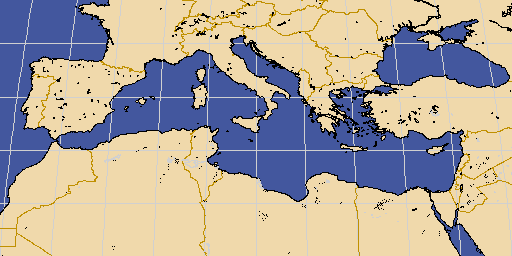The text on this site is presented as an
archival version of the script of "Ocean
Planet," a 1995 Smithsonian Institution
traveling exhibition. The content reflects the
state of knowledge at the time of the exhibition,
and has not been updated.

Congested Coastlines
Almost half of all construction in the U.S. during the 1970s and
1980s took place in coastal areas. §
America's coastal
population will grow to more than 127 million people by 2010--an
increase of more than 60 percent in only fifty years §.
Coastal
development harms natural coastal ecosystems and produces
pollution that endangers marine wildlife.
 Barrier-island development crowds New Jersey's Island Beach State
Park
Barrier-island development crowds New Jersey's Island Beach State
Park
Coastal development does have down sides: more and more roads,
water, and sewer facilities must be built, all of which are
susceptible to storm damage. Shoreline erosion often follows,
lowering water quality and reducing wildlife habitats.
photo © Robert Perron

Close-up View
Barrier beaches take a beating
On much of the U.S.'s Atlantic and Gulf coasts, barrier beaches
shield the mainland from storms, rising sea level, and erosion.
These flood-prone and easily eroded barriers have become some of
the country's most valuable real estate. § To protect developed
barrier beaches, we build seawalls and jetties, and haul in more
sand, but these solutions are expensive and usually temporary, and
often worsen erosion problems §.
 A nor'easter tore through barrier-island housing
A nor'easter tore through barrier-island housing
Westhampton Beach, New York, 1992
Since 1982, federal subsidies, including federal flood insurance
and grants for infrastructure, have been prohibited by law on
designated barrier islands and beaches §.
photo © Robert Perron

Key Biscayne, Florida, then and now
A photograph taken in the 1950s or 1960s shows a bare beach, but the man
holding the photograph stands on the last vacant lot in the same area, in March1984.
photo © José Azel/Aurora

Rescue Attempt
Action Plan Cleans Up Mediterranean
By the mid-1970s the heavily populated coastline of the
Mediterranean Sea was a mess: tar balls washed up on beaches, and
raw sewage contaminated coastal waters. §.
In 1975, eighteen
countries bordering the sea adopted the United Nations-sponsored
Mediterranean Action Plan to reduce land-based sources of
pollution throughout the region. §.

Mediterranean watershed
More Information:
 Ocean Planet Exhibition Floorplan
Ocean Planet Exhibition Floorplan

 gene carl feldman (gene@seawifs.gsfc.nasa.gov) (301) 286-9428
gene carl feldman (gene@seawifs.gsfc.nasa.gov) (301) 286-9428
Judith Gradwohl, Smithsonian Institution (Curator/Ocean Planet)
 Barrier-island development crowds New Jersey's Island Beach State
Park
Barrier-island development crowds New Jersey's Island Beach State
Park

